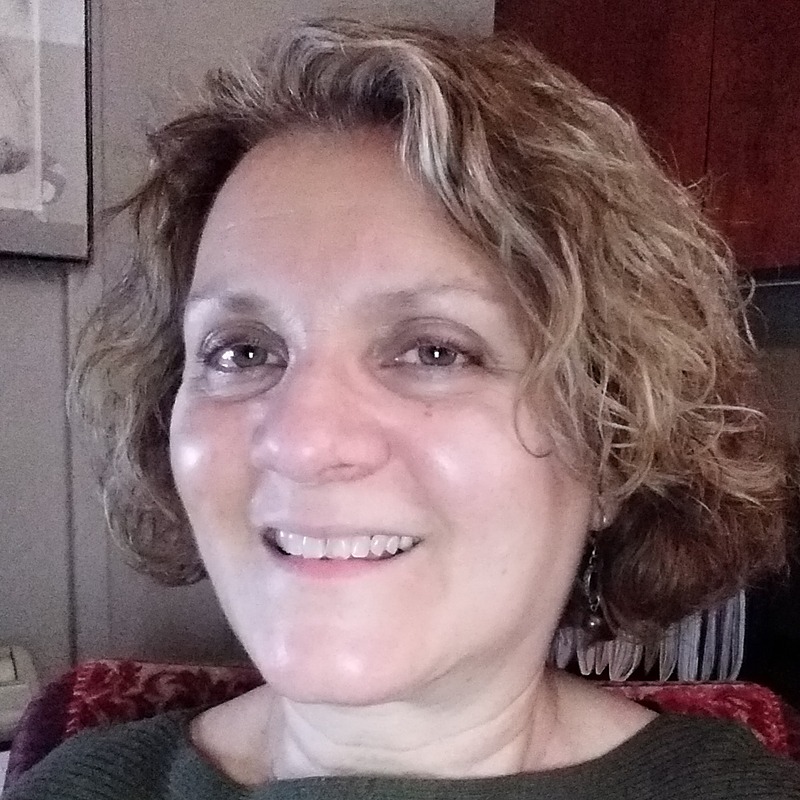
Christine A. Vitale, MSN, RN
UPMC Children's Hospital of Pittsburgh
Manager - Injury Prevention
Program Coordinator Injury Free Coalition for Kids, Pittsburgh
christine.vitale@chp.edu
Chris Vitale is the injury prevention manager for Children's Hospital of Pittsburgh of UPMC and has been the program coordinator for Injury Free Coalition for Kids in Pittsburgh for the past 21 years. She has over 40 years of experience in trauma care and injury prevention, including clinical, education, administrative and community outreach. Chris developed and coordinates the following programs: The Safety Center, Child Passenger Safety, Hard Heads, The Flipside – Violence Prevention, FOCUS – Expanded, Teen Programs, Safer Firearm Storage, and the Mobile Safety Van. The injury prevention program is the lead agency for Safe Kids of Allegheny County. An experienced grant writer, she has received more than three million dollars for injury prevention programming. She is a core team leader of the Allegheny County Child Death Review Team and a member of multiple state, county, and community boards.
Safer Firearm Storage for All Communities
Christine A. Vitale, MSN, RN
Jordan Cacurak, MPH, CHES
Marie Pagnotta, MPH
Barbara Gaines, MD
Part of session:
Platform Presentations
Friday, December 2, 2022, 2:45 PM to
4:00 PM
Background:
Throughout the pandemic firearm injuries and deaths have climbed. In our state 62% of firearm deaths are by suicide. The majority of victims are white, male, over 50 and from rural communities. The purpose of this program is to provide education and resources, to involve partners and sites appropriate to the community, and to determine the best way to focus the intervention to meet the needs of each community. If we focus on prevention of suicide and unintentional injury will the program look the same for urban, suburban, and rural participants?
Methods:
Utilizing the Toolkit for Safer Firearm Storage Events we held three programs in an eight month timeframe. Funding for the program came from a local donor through our foundation and total cost of the events was $25,000.00. The rural program was held at a sportsman retail site, the suburban event at a firing range, and the urban program at a community center. Selection of sites occurred with input from community partners. A total of 224 participants attended the events. Each completed a pre-survey including demographics and current practices related to firearm storage and a post-survey regarding information learned and behaviors moving forward. Participants attended 8-10 educational stations lead by community partners, including: behavioral health, Veterans Administration, adolescent health, legislative information, Be Smart, suicide prevention task force, crisis task force and firearm experts. Upon completion of each station the participants were given hands-on instruction on firearm safety and safer storage before receiving their firearm safe and completing a post-survey and waiver.
Results:
The rural group was primarily male (68%), white (97%), in the 36-55 years age range (54%). The suburban group was primarily female ((60%), white (54%), black (33%), in the 18-45 years age range (74%). The urban group was primarily female (57%), black (93%), in the 26-45 years age range (46%). The rural group learned about the event through flyers, word of mouth, happened to be in the area. The suburban and urban groups learned about the events via social media and word of mouth. Sixty one percent of the rural participants reported their firearms are locked and 51% report ammunition is locked separately. Thirty three percent of suburban participants reported firearms locked at home and 33% also reported ammunition locked separately. In urban homes 40% reported firearms locked at home and 46% said their ammunition was locked separately. In all of the groups 50-72% who did not consistently lock all of their firearms and/or ammunition separately said they would do so within the next week.
Conclusions:
The various groups were quite diverse and we hoped to discover if our methods for the program needed as much diversity or if a fairly standard plan would suffice. While we may make a few small changes depending on the community we found that the material being presented worked in all groups and lead to positive results in the post-surveys.
Objectives:
1.Plan/implement a safer firearm storage event in diverse communities.
2. Choose a site appropriate to the audience.
3. Commonalities among diversity.

